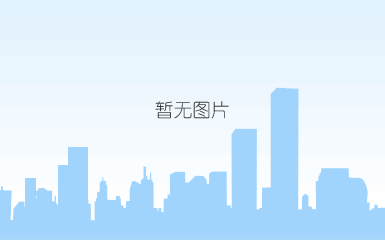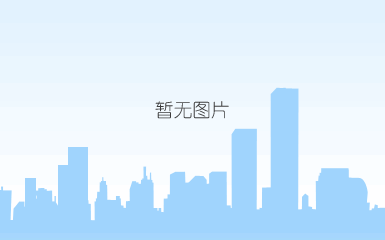the school undergoing a lean and digital transformation

case study – an elementary school in budapest is trying to bring innovation to the education by harnessing the power of lean thinking combined with a solid digital strategy.
words: attila tószegi, principal, herman otto elementary school – budapest, hungary
in many ways, our guiding principles have always been “lean”. focusing on the needs of our students, their families and the environment – and trying to align our activities and the way the school is managed to the fulfilment of those needs – has been at the heart of our strategy.
we have been working on becoming an innovative school (or maybe on understanding what it means to be an innovative school) since 2011. to gradually define our vision for the future of herman otto elementary school, we began to work more collaboratively, changed the structure of our meetings and held workshops to think and plan next steps together. we introduced a new way of working together – based on the so-called “four cs” (creative problem solving, critical thinking, communication and collaboration) – that our teachers had to make their own by developing those capabilities.
officially, our lean journey began some four years ago (you’ll remember an article i published here on pl back then, outlining our challenges and expectations), when we consciously adopted the methodology as something that could help us bring our vision for the school to life and build on the changes we had already made. the june 2014 conference organized by lean enterprise hungary represented a big milestone in our school’s journey: it introduced us to the hungarian lean community and gave us a lot of good ideas on how to move our first steps towards becoming an adaptive organization.
the first two years of our lean transformation were focused on providing our teachers with the necessary lean capabilities and knowledge (the lean books were a big help for them), and sharing information with our students’ families so that they could really understand the spirit of herman otto elementary school and how we were planning to change.
from a practical standpoint, one of the most impactful steps we took was the introduction of three-month pdca (plan-do-check-act) cycles for 10 working groups that we created around specific subjects, like innovation or talent management. injecting the scientific method into how we work meant we started to monitor the progress of our projects, rather than simply evaluating their impact retroactively at the point of completion (when changing anything is time-consuming and very difficult). whenever we spot a deviation from the plan, we can now make adjustments immediately and pick up learning points along the way that can inform our decision over the next improvement cycle. let me give you an example: historically, getting new teachers on board has been one of our weaknesses. to make our onboarding activities more effective, we highlighted seven important processes and produced videos to train the teachers in the standards we have in place for those processes. crucially, this approach proved successful not just to teach newcomers, but also to practice how we use storytelling in teaching (videos are routinely used in the classroom to teach students).
another important foundation of our lean transformation is the suggestions box. mindsets started to shift when we began to evaluate and use the ideas people put in the box, which became like honey to bees. people made more and more suggestions, which we use to create new standards and improve existing ones – thus improving our way of working together. this is also where our capability development efforts really began in earnest, but not in a form of a “push” program: we built our teachers’ skillset step by step, using the ideas they brought forward as ways to develop them.
the changes in our teaching and management style (a result of both our lean efforts and the 4cs approach) are reflected in the type of education our students receive. first of all, our students learn about collaboration and teamwork: they are not just sitting around the same table, but they are really working together, building trust and sharing knowledge and experiences. it’s been wonderful to see a real sense of responsibility towards their mates develop.
students can also influence the teaching they receive: for instance, they can suggest subjects they want to learn about or improvement projects for the school they’d like to carry out. of course, there are parts of the curriculum that we must teach, but there is also some flexibility in the way we can teach some of the subjects: that’s where we really address the needs and preferences of our kids.

a lean, digital school
more recently, we have dived deeper into our digital transformation. first and foremost, this was in response to our teachers wanting to leverage technology to improve education (a push in this direction is also coming from the government, which is promoting several initiative on digital in education). this also happens to be a great platform for learning-by-doing experimentation, which we can use to create capabilities for the school. ultimately, our goal is to become a learning organization, and the digital transformation is a tool to get there.
we have collaborated closely with microsoft for some time now. it all started in 2012, when they came to us and offered to support our digital program. among other things, this came in the form of a 10-step framework for digital change. after four years, herman otto became a model school in the ‘partners in learning for schools’ program (i have been teaching other school leaders in hungary since 2016). this happened because the company has seen our capabilities grow consistently over time, and great levels of engagement and collaboration among our teachers since the very first workshop they organized for us (with groups of 4-5 teachers who were given a challenge to tackle in 30 minutes maximum).
microsoft, who believes it should contribute to shaping the future of education, supports our transformation in different ways. it gives us access to a learning platform, they provide office 365 to teachers and kids, they gave us hardware (tablets and pcs), they contribute to our wifi, among other things. this means that our students become familiar with these platforms from a very young age (an important skill to have in today’s world), and that the teachers have access to innovative, value-creating ways to teach. let’s take a subject (one of our 17 areas of study for the application of digital to teaching) as an example: according to the national mathematics program, students need to learn 3d shapes as part of the geometry curriculum. but it doesn’t say howwe need to teach students about building those shares, so we decided to use minecraft: technology and games get the kids’ attention, keep them engaged and help them to remember notions they would otherwise struggle to take in. we are approaching our digital transformation one experiment at a time, because we want to find out where using technology in education makes sense and where it doesn’t. many people ask me about the interaction between lean and digital at herman otto elementary school. what i normally tell them is that we are using both to build a platform for innovation in education. in that sense, lean is a tool that helps us make more people happy at work, but it is also the future state we aim to reach one day.
there is no doubt that lean’s biggest contribution to our school is teaching us how to learn – something technology is best placed to support. first we develop this critical capability in teachers, then in students, in order to equip them with the skills they will need to thrive in our ever-changing world.
everything is in flux out there: it is clear to me that we are in the last stages of the old teaching model. governments are trying to launch initiatives to adapt education systems to the changing world, but i believe that families can do a much better job at being drivers for innovation. this creates a new demand for customized learning, which puts pressure on teachers to adapt and learn. perhaps that’s one of the reasons why lean has resonated so much with us: as a way of thinking, it teaches us that everyone has a responsibility to improve themselves. we want herman otto elementary school to be a pioneer in tomorrow’s education.
there are also societal challenges that we must address: with the middle class increasingly turning to private education, the gap between those who can invest a lot of money in their kids’ education and those who can’t is growing. we believe that everyone has a right to affordable, high-quality education and we are committed to finding more and better ways to develop the capabilities of our students. at the end of the day, that’s what innovation in education is.
the author

attila tószegi is principal of herman otto elementary school in budapest, hungary.